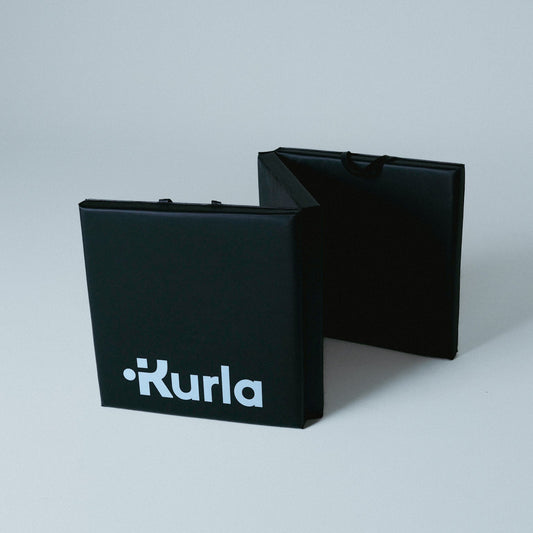What Thickness Gym Mat Is Best?

Share
When selecting a gym mat, it's important to match the thickness to your workouts. Thicker mats offer more shock absorption and protection for heavy lifting, while thinner mats are better suited for low-impact practice like yoga or stretching. Choosing the right thickness ensures safety, comfort, and performance for your specific routine.
Ideal Thickness Based on Exercise Type
Yoga and Gentle Workouts
-
3–6 mm (⅛″–¼″): Ideal for yoga, Pilates, and flexibility exercises. Offers enough cushioning for comfort while maintaining stability and floor awareness.
-
Travel mats (≤ 4 mm): Ultra-light and portable, perfect for on-the-go use but lower in comfort for extended sessions.
Fitness and Light Training
-
10 mm (⅜″): Supports most bodyweight exercises with added comfort—balanced for day-to-day usage, including core workouts and low-impact cardio.
Weightlifting and HIIT
-
12–19 mm (½″–¾″): Creates effective shock absorption, protecting joints and floors during moderate to heavy lifting or plyometric workouts.
-
25 mm (1″): Best for heavy weights or drop exercises, offering professional-level impact protection and durability.
What Experts and Users Say
A guide from Bells of Steel highlights that ½″ to 1″ thicknesses are the preferred choices for weightlifting setups, offering both joint protection and floor safety during high-impact sessions. It’s a serious recommendation for those using their home gym to its fullest potential.
Choosing Smart: Comfort vs. Protection
-
Yoga-focused users: Stick with 3–6 mm mats to maintain a strong connection to the floor.
-
Multi-use exercisers: Consider 10–12 mm for a balance between comfort and versatility.
-
Serious lifters or heavy trainers: 19–25 mm mats are ideal—they absorb shock, protect the floor, and last longer under stress.
Internal Recommendation: Kurla Mat
For a mat that meets most workout needs, check out the Kurla Mat. It's designed to provide firm, stable support with just enough cushioning for gym routines—ideal for users who switch between strength training, stretching, and mobility work.
Final Takeaways
-
Match mat thickness to your workout intensity:
-
3–6 mm for gentle, static workouts
-
10–12 mm for general home routines
-
19–25 mm for heavy lifting or high-impact training
-
Prioritize stability, floor protection, and comfort
-
Choose a mat that suits your workout style—not just what looks impressive on the shelf
When your mat aligns with your workouts, your performance improves. Start grounded, stay supported, and train with confidence.




